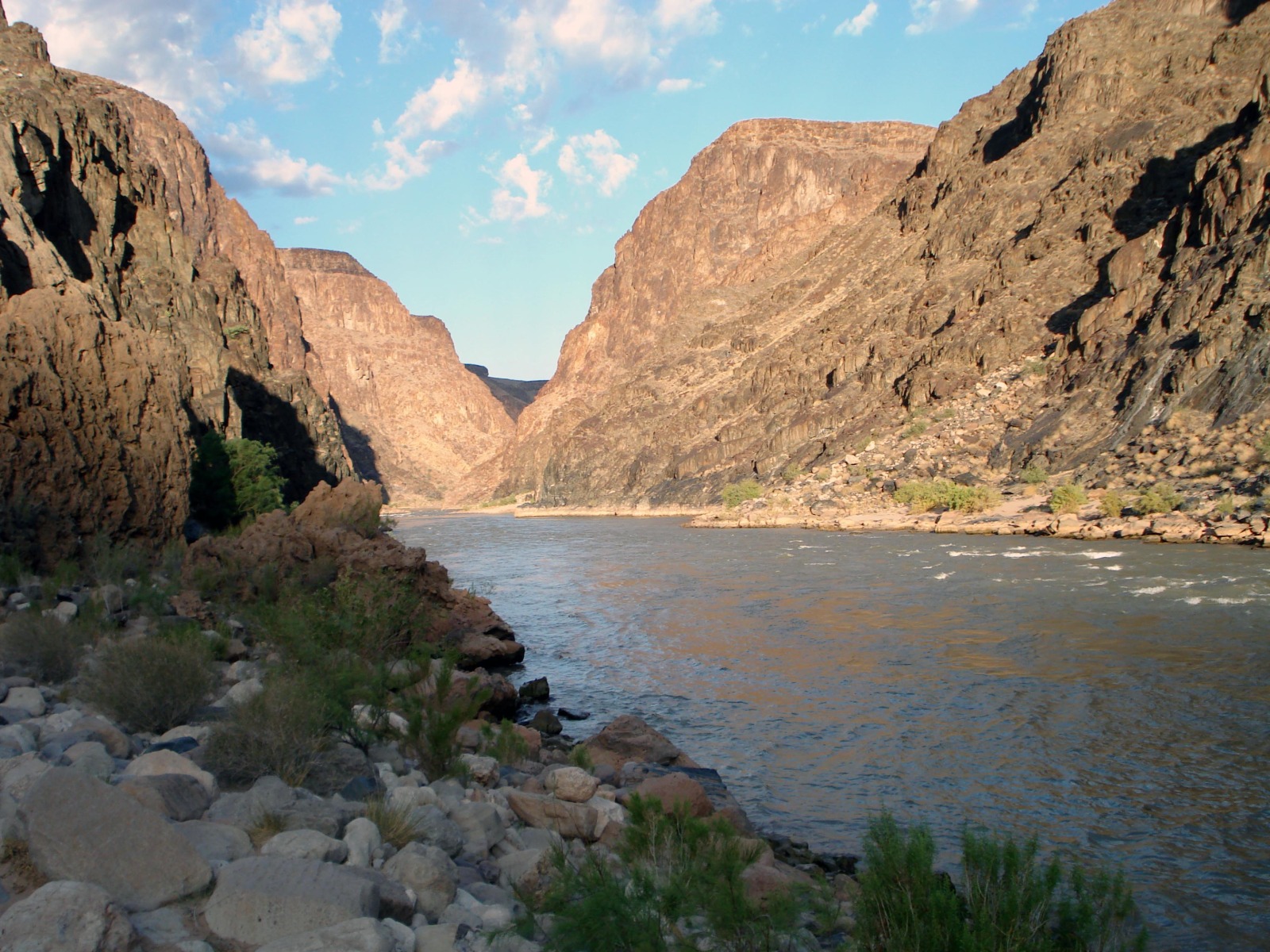America's Grand Canyon could be a lot older than previously thought - ancient enough that dinosaurs could have strolled down it.
The spectacular Grand Canyon is 277 miles long, up to 18 miles across at its widest point, and a mile deep and until now, it's been generally accepted that it was formed by a river cutting through and eroding rocks around 5 to 6 million years ago.
Remains of phosphate crystals in the canyon push back the estimated formation date to around 70 million years ago.
 That's according to a new study published this week in the journal Science by Rebecca Flowers from the University of Colorado at Boulder and Kenneth A. Farley from Caltech.
That's according to a new study published this week in the journal Science by Rebecca Flowers from the University of Colorado at Boulder and Kenneth A. Farley from Caltech.
Tracking back ancient erosion events is challenging because scientists aren't studying when sedimentary rocks were laid down, but when they were taken away.
The rocks of the Grand Canyon were laid down between 200 million and 2 billion years ago, much of them when this part of the western United States was a shallow tropical sea. A river then cut through exposing those rocks revealing one of the most complete and mind boggling sequences of rocks on earth.
The approach Flowers and Farley took was to analyse the composition of apatite crystals taken from the western end of the Canyon. Uranium and thorium molecules inside those crystals break down radioactively to form helium, which gets locked up inside the crystals as they cool at lower temperatures. As rocks erode and get closer to the earth's surface they cool down and the traces of helium leave a record of that cooling history and so can indicate when the canyon was cut through the rocks.
The team already used this technique to analyse rocks from the eastern end of the canyon, giving an erosion date of 55 million years ago.
And Rebecca Flowers thinks that the canyon was first formed by a predecessor of the Colorado River, that ran in the opposite direction.
These findings don't come without controversy. The age and formation of the Grand Canyon is something that scientists have disagreed about for over 150 years and it doesn't seem like they are going to stop now. There's no doubt that the canyon has a complicated history and that may it well not have formed all at the same time. And this isn't just about figuring out how the Grand Canyon itself was made but studies like this have really important implications for understanding other how landscapes form as scientists get to grips with topography, hydrology and tectonics.
And it shows that even with new techniques emerging there are still immense puzzles about the world that haven't yet been fully unravelled.
With this new idea of when the grand canyon was formed, researchers now want to dig deeper into the question of how it took shape.










Comments
Add a comment